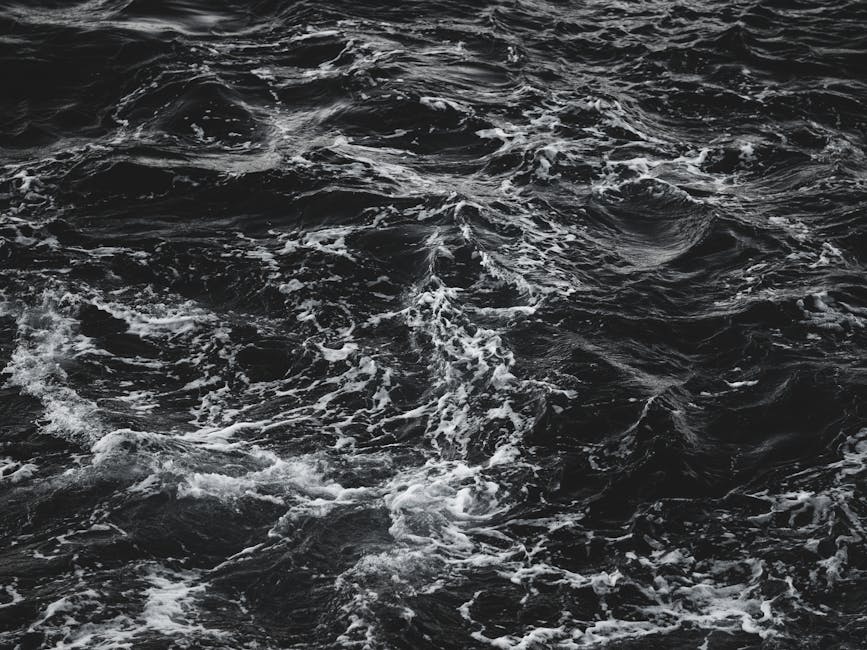The Impact of Documentaries in Audio Form (my Favorite Series).
The Profound Impact of Audio Documentaries: My Favorite Series and Its Unseen Power
In an increasingly visual world, where screens dominate our attention, there’s a quiet revolution happening in the realm of storytelling: the rise of the audio documentary. Far from being a mere substitute for their visual counterparts, these auditory narratives carve out a unique and deeply impactful space in our minds. They don’t just tell stories; they invite us into them, compelling us to engage our imaginations in ways traditional documentaries often can’t. For me, this power is best exemplified by a particular series—let’s call it The Unseen Archives—a masterclass in investigative audio journalism that has profoundly shaped my understanding of complex realities and the very art of narrative itself. It’s a series that doesn’t just inform; it transforms.
The Invisible Canvas: Crafting Worlds Through Pure Sound
One of the most remarkable aspects of audio documentaries is their ability to leverage the “invisible canvas” of the mind. Unlike film, which presents us with fully formed images, audio provides the raw materials—voices, ambient sounds, music, and silence—and tasks our brains with constructing the visual world. This isn’t a limitation; it’s a profound strength. When listening to The Unseen Archives, I’m not just hearing a story; I’m actively building the scenes in my head. The rustle of old documents, the distant echo of a courtroom, the subtle shifts in a witness’s voice—these aren’t just background elements; they are vital brushstrokes on my internal canvas, painting a picture far more personal and vivid than any cinematographer could capture.
This active mental visualization is a powerful cognitive exercise. It demands focus and imagination, fostering a deeper connection to the narrative. My favorite series excels at this through its meticulous sound design. The producers don’t just record; they sculpt. They use ambient soundscapes to establish setting, subtle musical cues to evoke emotion without being manipulative, and the raw, unfiltered quality of spoken testimony to convey authenticity. This approach allows listeners to immerse themselves fully, creating a truly unique and individualized experience that sticks with you long after the final credits roll. It’s an intimate form of engagement that bypasses the visual, going straight to the core of our imaginative faculties.
Beyond Passive Viewing: The Deep Engagement of Auditory Narratives
In a world saturated with distractions, audio documentaries, especially those as compelling as The Unseen Archives, demand something more from us than passive consumption. They cultivate a unique form of active listening. When you’re watching a visual documentary, your eyes can wander, your mind can drift, but the moving images often pull you back. With audio, however, the engagement is purely auditory and intellectual. You must actively pay attention to nuances of speech, the subtle shifts in tone, and the intricate layering of information. This isn’t background noise; it’s foreground focus.
This deep engagement isn’t just about paying attention; it’s about critical thinking. The Unseen Archives, for example, often presents complex historical events or intricate investigative threads that require careful consideration. There are no visual cues to simplify the narrative; the listener must piece together facts, infer motivations, and evaluate arguments solely based on the spoken word and accompanying sounds. This process sharpens analytical skills and encourages a more profound understanding of the subject matter. It’s an intellectual workout that leaves you feeling more informed and mentally agile, a stark contrast to the often more superficial engagement offered by purely visual media.
Cultivating Empathy and Understanding Through Unseen Voices
There’s an undeniable intimacy to hearing someone’s voice tell their story without the filter of visual cues. When you listen to an interview in an audio documentary, especially one expertly produced like those in The Unseen Archives, you connect with the speaker on a deeply human level. Without seeing their face, their body language, or their surroundings, your focus is entirely on their words, their tone, and the raw emotion conveyed through sound. This often strips away preconceptions, allowing for a more direct and empathetic connection to their experience.

My favorite series consistently features interviews with individuals from diverse backgrounds—victims, witnesses, experts, and even perpetrators—each voice carrying its own weight and texture. This auditory proximity fosters a unique sense of empathy. You’re not just observing someone’s pain or triumph; you’re hearing it directly, often feeling as though they are speaking directly to you. This builds bridges of understanding across different perspectives and experiences, challenging biases and broadening one’s worldview. The absence of visual distractions means the listener truly hears the human element, allowing stories of resilience, injustice, and hope to resonate with extraordinary power. This direct connection to the human voice is a cornerstone of the cognitive benefits of auditory processing.
The Unfolding of Truth: My Favorite Series as a Masterclass in Investigative Audio
Investigative journalism finds a particularly powerful platform in audio documentaries. The format allows for the meticulous presentation of evidence, the careful sequencing of interviews, and the gradual unfolding of complex narratives without the pressure of visual spectacle. The Unseen Archives exemplifies this, taking listeners on a journey through intricate cold cases or historical cover-ups with unparalleled depth and clarity. The producers of this series understand that the truth often lies in the details, and audio is perfectly suited for highlighting those granular elements.
Each episode of The Unseen Archives feels like a forensic examination of a story. Expert narration guides you through labyrinthine timelines, while archival audio snippets and contemporary interviews provide crucial pieces of the puzzle. The absence of visual distractions means the listener’s focus remains solely on the evidence and the compelling arguments being presented. This makes it an incredibly effective medium for unpacking complex realities and challenging preconceived notions. It’s a testament to the history of radio documentaries and their evolution into today’s sophisticated audio series, showcasing how sound can build a case as powerfully as any visual medium.
A Portable Classroom: Learning and Reflection on the Go
Perhaps one of the most practical and transformative impacts of audio documentaries is their inherent portability. Unlike visual media, which typically tethers you to a screen, audio can accompany you almost anywhere. Whether I’m commuting, exercising, doing chores, or simply taking a walk




Post Comment